Journal of Civil Engineering and Environmental Sciences
Study on characteristic strength of partially replaced natural aggregates by flyash aggregates in concrete
Geena George* and Asha K
2Department of Civil Engineering, BMS College of Engineering, Bangalore, India
Cite this as
George G, Asha K (2018) Study on characteristic strength of partially replaced natural aggregates by flyash aggregates in concrete. J Civil Eng Environ Sci 4(2): 034-007. DOI: 10.17352/2455-488X.000025To explore more benefits of flyash in construction industry, a study has conducted on strength characteristics of M30 grade concrete using manufactured flyash coarse aggregate as a partial replacement of natural granite coarse aggregate. The aggregates were manufactured using cement in lesser quantities and flyash in excess quantity various trail mixes were conducted and finally a suitable mix is selected for large quantity production. Cubes, beams and cylinders were casted by partial replacing natural coarse aggregate by 25%, 30%, 35%, 40%, 45% and 50% of manufactured fly ash aggregate. The strength parameters such as compressive strength, flexural strength and split tensile strength of the casted cubes, beams and cylinders were tested respectively.
Introduction
Concrete is a well known and understood product used extensively in the building and construction industry however there are ecological drawbacks associated with its use. Concrete is one of the most consumed resources in the world. With an increased global focus on environmental concerns such as global warming, sustainable development and recycling; alternatives to conventional concrete are being researched, such as replacing natural aggregates by artificial aggregates.
The strength, durability and other characteristics of concrete depend upon the properties of its ingredients, the mix proportions, the method of compaction and other controls during placing, compaction and curing. The advances in concrete technology have paved the way to make the best use of locally available materials by proper mix proportioning and workmanship so as to produce a strong, durable and uniform concrete. One of the major thrust areas of research in concrete has been in the use of supplementary cementing materials or mineral admixtures or replacement of ingredients [1]. The use of industrial wastes which are pozzolanic in character and develop cementitious properties are used to replace cement and aggregates partially improve strength, durability and helps to protect the environment. The environmental impacts of extracting river sand and crushed stone aggregate become a source of increasing concern in most parts of the country. Thus the production of light weight concrete with alternate aggregates is highly recommended by researchers.
Thermal power stations all over the world generates large quantities of fly ash as a waste material while using coal as fuel. In India coal using thermal power stations are the main source of power production. There are more than 125 coal using thermal power plants which uses only coal as fuel, the coal quality in India is gradually declining over the past few years this has increased the consequences of generating more fly ash compared to that of good quality fly ash when compared to kilo-kilo. In the year 2012- 2013 alone the fly ash generated is about 163 million tonnes and it will be more than double by 2021 and currently there’s more than a billion tonnes of fly ash produced during a period spanning from 1996 to 2013 lies unused in India. This will lead to major ecological and disposal problems which requires large tract of insufficient cultivable grounds. Even though the valuable use of fly ash in cement manufacturing, manufacturing of fly ash bricks and tiles, concrete, soil stabilization like road embankments and treatment, other purposeful uses have also been recognized. But merely a small extent of the flyash from the abundant and persistent generation of fly ash is being effectively used for such applications in our country [2]. As recycling of these manmade wastes emerging as necessary component of latest technology for creating contribution towards sustainability in the world.
Literature review
S. Shanmugasundaram, Dr. S. Jayanthi. Dr. R. Sundararajan, Dr. C. Umarani, Dr. K. Jagadeesam studied the utilization of flyash aggregates in concrete. The coarse and fine aggregate were fully replaced by aggregates of flyash in the flyash concrete for M20 mix. The aggregates of flyash were manufactured by mixing the flyash with water and cement. The proportions of flyash and cement are 90:10, 87.5:12.5, 85:15, 82.5:17.5, 80:20 and 77.5:22.5 were tried with W/C ratio as 0.3. The concrete cubes, beams and cylinders were casted and tested with the above 6 proportions of flyash-cement. Finally the flexural, compressive, and split tensile strength was increased for the ratio 85:15 for 7 and 28 days compared with control concrete.
Pelletized flyash light weight aggregate concrete is studied by A. Sivakumar and P. Gomathi. Fly ash is a material can be used as a cementitious material, replacement for fine aggregates and also as a light weight aggregate. Fly ash aggregate manufactured by pelletization is an effective aggregate in concrete. The pelletization efficiency depends on the pelletizer speed, pelletizer angle and the binder type added with flyash. In recent times, the use of artificial aggregates such as fly ash aggregates reduces the construction costs compared with conventional aggregates. In future the fly ash aggregate can be compensated by the nature resources for the aggregate.
Glory Joseph and Ramamurthy studied influence of fly ash on strength and sorption behaviour of cold-bonded fly ash aggregate concrete due to partial replacement of cement and also as replacement material for sand. Replacement of sand with fly ash is effective in reducing water absorption and sorptivity attributable to the densification of both matrix and matrix–aggregate interfacial bond.
Ramamurthy studied the influence of binders on properties of sintered fly ash aggregate. Ordinary Portland cement, Na–bentonite and powdered limestone were used as binders in 10%, 20%, and 30% by weight of fly ash for pelletization. After pelletization, the aggregates were dried before sintering at a temperature of 1100 0C for 1-h duration in a muffle furnace. The physical properties (microstructure and water absorption), chemical characteristics (using X-ray diffraction) and mechanical property (10% fines value) of sintered fly ash aggregates realized with different types of binders were determined
The granite aggregate is partially replaced by aggregates of sintered flyash in concrete and the use of flyash aggregate is examined by Dr. J.B. Behera, Dr. H.S. Ray, Dr. B.D. Nayak and Dr. B. Sarangi concluded that by the addition to the characteristics of light weight, deformation and strength characteristics are similar for the sintered flyash concrete and natural granite aggregate.
Materials & Methodology
Fly ash
Flyash is most important known commonly used pozzolanic ingredients in the world. It is also known as flue ash. It is one of the residues generated from the combustion of powdered coal and transported by flue gases and then collected by electrostatic precipitation [3]. Ash that does not rise and settles down is called as bottom ash. When coal is burnt to produce heat, the residues contains 80% of flyash and 20% of bottom ash. The constituents of flyash vary considerably merely upon origin of the coal bed being burned, but anyhow almost every flyash contain some amount of silicon dioxide (SiO2) and calcium oxide (Cao) and also contains trace quantities of selenium, boron, beryllium, arsenic, cadmium, hexavalent chromium, chromium, cobalt, mercury, lead, manganese, thallium, strontium, vanadium and molybdenum etc [4]. Generally there are two types of fly ash namely
• Class F flyash
• Class C flyash
Class F Flyash: The present flyash is mainly produced by burning harder, older bituminous and anthracite coal. It contains less than 20% of lime and it is pozzolanic in nature [5]. For this fly ash cementing agents like quick lime, hydrated lime or Portland cement are required to produce cementitious compounds.
Class C Flyash: This flyash is mainly produced by burning lighter, young sub-bituminous coal. The main property of this fly ash in addition to pozzolanic property is its self cementing property. It contains more than 20% of lime. For this fly ash there is no need of an activator. Generally it contains high calcium fly ash with carbon content less than 2%.
Flyash aggregates
Different proportions of fly ash and cement were prepared such 90:10, 85:15, 80:20, 70:30 and 60:40 respectively [1]. Fly ash and cement is taken and mixed as per the proportions and water is added to mix. Water-cement ratio 0.3 is adopted [6]. The mixture is then mixed thoroughly once and then angle of the concrete mixer is maintained between 300-450 angle to form aggregates and water should be added 3-4 times it should not be poured at once .The fly ash aggregates so formed, were poured in to a tray and kept for drying in the sun for a day before transferring it to the curing drum where the fly ash aggregates are cured for 28days in water [7].
Dried fly ash aggregates of different proportions are tested for aggregate crushing test and aggregate impact test. Based on the aggregate impact value and aggregate crushing value in table-1 the 85:15 proportion of fly ash and cement mix is selected as the better ratio by using maximum amount of flyash with minimum cement content.
Results & Discussions
Flyash aggregates (Table 1)
After reaching a optimum ratio of 85:15 fly ash and cement, bulk manufacturing of aggregates were done and cured for 28 days. Water absorbtion of flyash aggregates is around 10% more than the natural aggregates due to the porous nature [8]. Then the natural aggregates in the concrete were replaced for various percentage starting from 25%,30%,35%,40%,45% upto 50% .The strength parameters such as compressive strength ,flexural strength and split tensile test were conducted and from the test results arrived at a conclusion that 35% replacement of normal aggregates with flyash aggregates gives a better strength (Figure 1).
Weight of the concrete cubes partially replaced by fly ash aggregate
From the graph plotted with weight of concrete verses the percentage replacement it is clear that as there is a considerable decease in the weight of concrete. So by replacing natural aggregate by flyash aggregates concept of light weight concrete can be achieved figure 2.
Strength parameters of fly ash aggregates
From the test conducted on M30 grade concrete for various percentage replacement of natural aggregates by flyash aggregates. It is observed that cube compressive strength is decreased considerably after 35% replacement. Figure 3. Even the same pattern of strength reduction is observed in the case of Flexural strength also for different curing periods such as 7days, 14 days and 28 days figure 4.
Compressive strength of m30 concrete cubes
Flexural strength of partially replaced m 30 concrete
From the graph plotted for 28 days split tensile strength, also there is a sudden decrease in the values were observed figure 5. Above values of compressive strength, flexural strength and split tensile strength, a maximum of 35 % replacement gives a comparable strength after that there is a considerable reduction in the strength.
Microstructural analysis
The SEMsimagesssin figures 6,7 thats hydrated sgel is sformed. Thatsmeans hydrationspastesis formedswhichsgivessbettersstrengthsdueto thesreactionsbetween alkali activators and geopolymer solids. As the concentration of NaOH increase the CSH gel formed will be more which in turn increase the strength of aggregates, the reaction between alkali activator and geo polymer solids will be better the bonding strength between them will be more.
Sem analysis of fly ash aggregates
XRD ANALYSIS
Conclusion
The workability of flyash aggregates are better than the angular shaped natural aggregates. The aggregate crushing and impact value of flyash aggregates are lesser than the allowable limit. The flyash aggregates has considered as light weight aggregates as the specific gravity is less when compared with natural aggregates. Concrete with density 2160 kg/m 3 can be achieved using fly ash aggregates while density of normal concrete mix goes up to 2400 kg/m 3.The compressive strength of FAA concrete is around 80% of the normal concrete mix,for a replacement of 30-35% and goes on decreasing for higher percentage replacement.Even in the case of of flexural and split tensile strength also, there is a strength reduction after 35% replacement by fly ash aggregates. The water absorption of fly ash aggregate is 10% higher than that of natural gravel which is the major disadvantage which can be eliminated by various treatment methods that are available like treating with water glass etc.,Micro structural studies were conducted by SEM and XRD analysis, hydrated gel formation is clear which gives strength to the flyash aggregates.
- S. Shanmugasundaram S, Jayanthi R (2017) “An Experimental Study in Utilization of Fly Ash as a Coarse Aggregates in Concrete”, IOSR Journal of Mechanical and Civil Engineering (IOSR-JMCE) e-ISSN: 2278-1684, p-ISSN: 2320-334X, Volume 14, Issue 3 Ver. VI. PP 75-82. Link: https://goo.gl/JudJHM
- Sivakumar P, Gomathi (2012) “Pelletized Fly Ash Lightweight Aggregate Concrete: A Promising Material” VTU University, India, ISSN 2141-263. Link: https://goo.gl/mLkCRc
- Behera JP, Nayak BD, Ray HS, Sarangi B (2004) “Light weight concrete with sintered fly ash aggregate-a study on partial replacement to normal aggregates” CV-Vol-85.
- Gomathi P, Sivakumar A (2014) “Cold Bonded Fly Ash Lightweight Aggregate Containing Different Binders”, Research Journal of Applied Sciences, Engineering and Technology 7(6): 1101-1106, 2014 ISSN: 2040-7459; e-ISSN: 2040-7467 © Maxwell Scientific Organization. Link: https://goo.gl/ioXdBS
- Rajamani NP, Ambily PS (2006) “Selection of mortar for light weight aggregate concrete made with fly ash based aggregate”, New building materials and construction world journal 80 – 88.
- Joseph G, Ramamurthy (2009) “ Influence of fly ash on strength and sorption behaviour of cold-bonded fly ash aggregate concrete due to partial replacement of cement and also as replacement material for sand ”,Materilas and structures42(2)151-160. Link: https://goo.gl/JAL6bq
- Terzić A, Radojević Z (2013) “Lightweight construction ceramic composites based of pelletized fly ash Aggregate”. The Serbian Ceramic Society Conference »Advanced Ceramics and Application. Link: https://goo.gl/85GGH5
- Li-xiong G, Yan Y, Ling W (1989) “ Research on sintered fly ash aggregate of high strength and low absorption of water” China Building Materials Academy, Beijing, 100024, PRC M. Young, The Technical Writer’s Handbook. Mill Valley, CA: University Science. Link: https://goo.gl/Wq8ovv
Article Alerts
Subscribe to our articles alerts and stay tuned.
 This work is licensed under a Creative Commons Attribution 4.0 International License.
This work is licensed under a Creative Commons Attribution 4.0 International License.
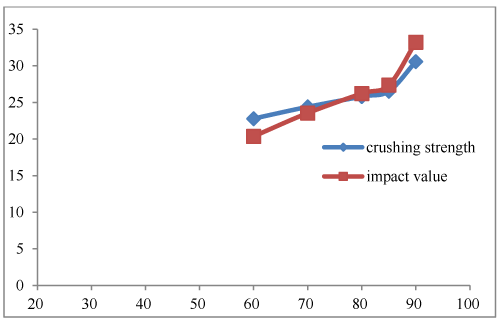
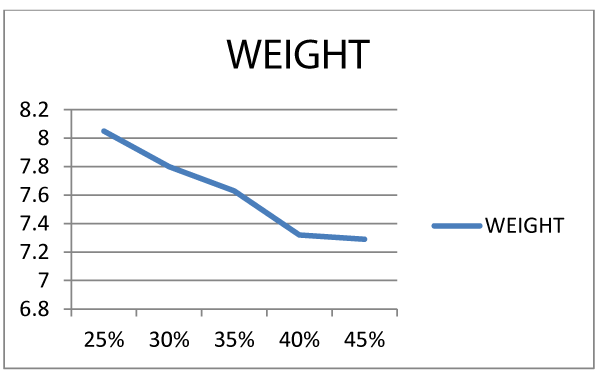
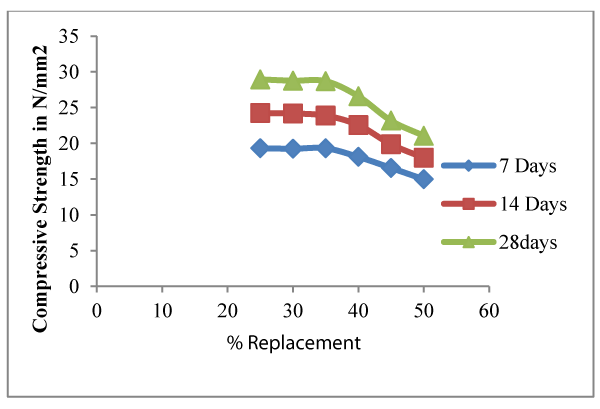
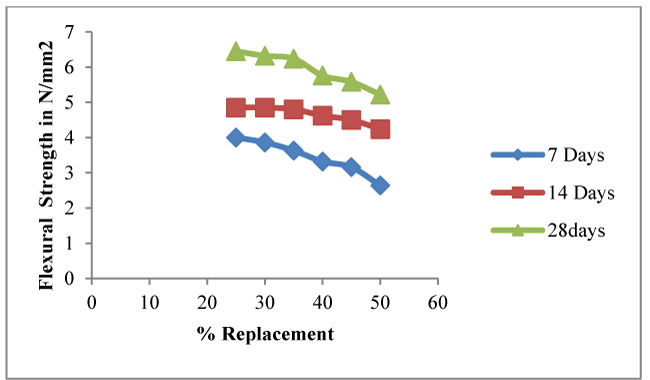
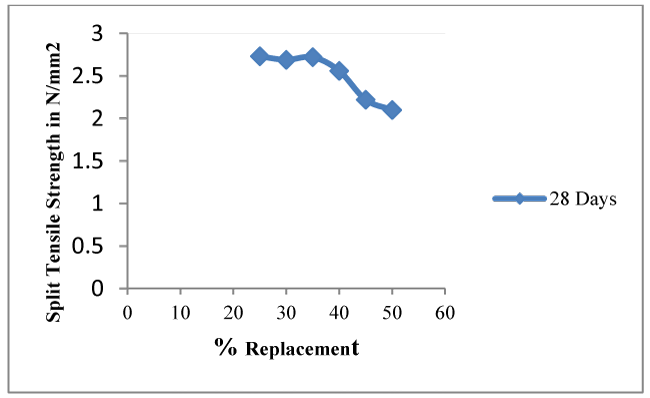

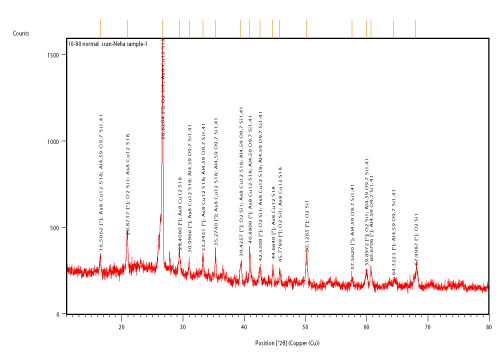

 Save to Mendeley
Save to Mendeley
